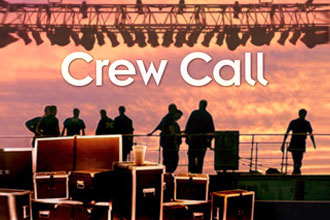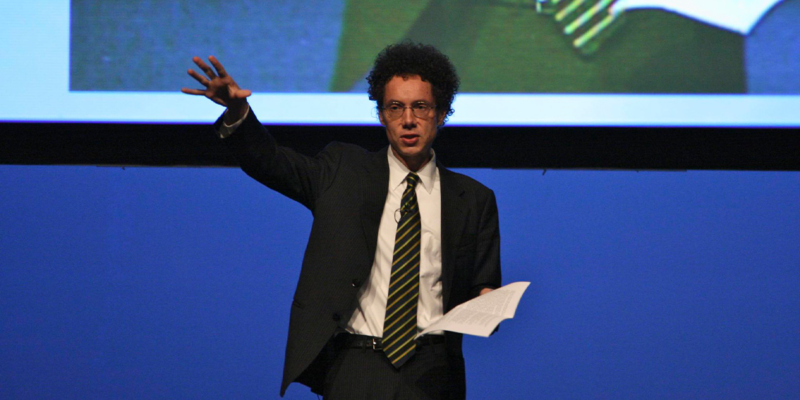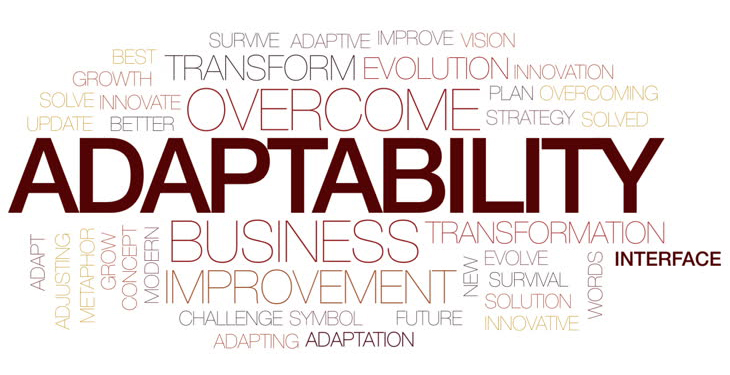2 B or not 2 B (What Makes the Next Gen Client Different)
 Last month, we talked about the idea that the next generation of client will have changing standards in quality, production values and even the very nature of work and communication. I proposed that these changes would create fundamental differences in the way they made purchase decisions, especially those involving the public communications aspect of what they do. This, of course, would include most of what we do in the commercial audiovisual industry.
Last month, we talked about the idea that the next generation of client will have changing standards in quality, production values and even the very nature of work and communication. I proposed that these changes would create fundamental differences in the way they made purchase decisions, especially those involving the public communications aspect of what they do. This, of course, would include most of what we do in the commercial audiovisual industry.
This month, we will talk about the fundamental changes that will drive these different ways of making decisions.
A different way of evaluating effective communications
The most fundamental change I can think of in communications, and one that is masked somewhat by the sheer number of communications types that are available, is the basic expectation that far more of the next generation’s communications are considered shared or public.
This will be driven by the rapid change to communications types that lend themselves to making information public. Social media, SMS, Web-based meetings and cloud-based systems all lend themselves to the much faster, and sometimes less deliberate, publication of information. The next generation is growing up comfortable with the expectation that very few of their communications that travel electronically will be truly private. They are growing up on the Web, and every day see that even private information is quickly republished. And the genie cannot be put back in the bottle. Therefore, it’s reasonable to presume that the next generation of executives will, by their very nature, conduct things more openly. It’s a simple change that is often not seen by the current generation of executives. In fact, studies indicate that junior executives are using social media for business communications at a much higher rate that their bosses believe they are. As the next generation takes over, this basic and often unstated tendency will drive the way they do things. In the business, we need to have an expectation that information that we pass to clients will be shared with others, in a fundamental change from what we currently expect. Currently, most of us become outraged when our ideas or proposals get into the hands of potential competition. The next generation will expect this.
A different view of quality
For the last couple of decades, the audiovisual industry that I have been part of has fought what we consider a decline in production values. In talking to friends around the staging industry, the general attitude that I get is that public events are planned on shorter time frames and with less detail than they used to be. The next generation values immediacy more than a meticulous attention to detail. The quality of a video is not interpreted by its impact on individuals, but by how fast it is produced, and even more by how fast it spreads. In other words, “Oscar” is going to be nowhere near as important as “viral.” Recently, I have seen more than one company publish a motivational video that was created simply by combining submitted camera phone footage from their employees. In fact, one of the new ways of evaluating the message content of a video production is by how many of the organizations people were involved in producing it.
A different view of how project teams operates
Another fundamental change in decision-making criteria will be the fact that these next generations of executives will find the idea of working in amorphous project teams the norm. They have the expectation that teams will form and reform during a project as different talents are needed or desired. At its very root, this questions the idea of how they will look at supplier loyalty. Currently, most of the businesses in our industry are heavily reliant on “owning” a client. We try to build client loyalty by attempting to satisfy all of their project needs, project after project. But we could easily see a change to reevaluating suppliers based on very specific job and talent requirements for each job, especially as the teams in charge of these functions within our client organizations may itself change from one project to another.
A fundamental comfort with electronics as part of their life
The most blatantly obvious change that we are already seeing is the entry of a generation of clients who are fundamentally comfortable with electronic systems. In fact, this results in them taking for granted system interoperability that we have long charged premium dollars to create, whether on a stage or in a board room. In their private lives, and in their offices, they are used to data that is easily shared between multiple devices and control that is plug-and-play. This is already causing them to dive deeper into project cost than they have in the past, because they do not understand all of the custom work and programming that will have to be done to create the same effects in a meeting situation. And, the scary fact is, they may not have to. But we are already seeing people with these expectations in our end of the business, because their very comfort with the technology has them already being put in charge of the things that we do.
All told, these changes are simple and obvious, but profound. We will need to expect them and have more effective methods of dealing with them in order to stay in business.
Next month, we’ll examine some ways for our strategies to morph as our clients do. IMHO.





